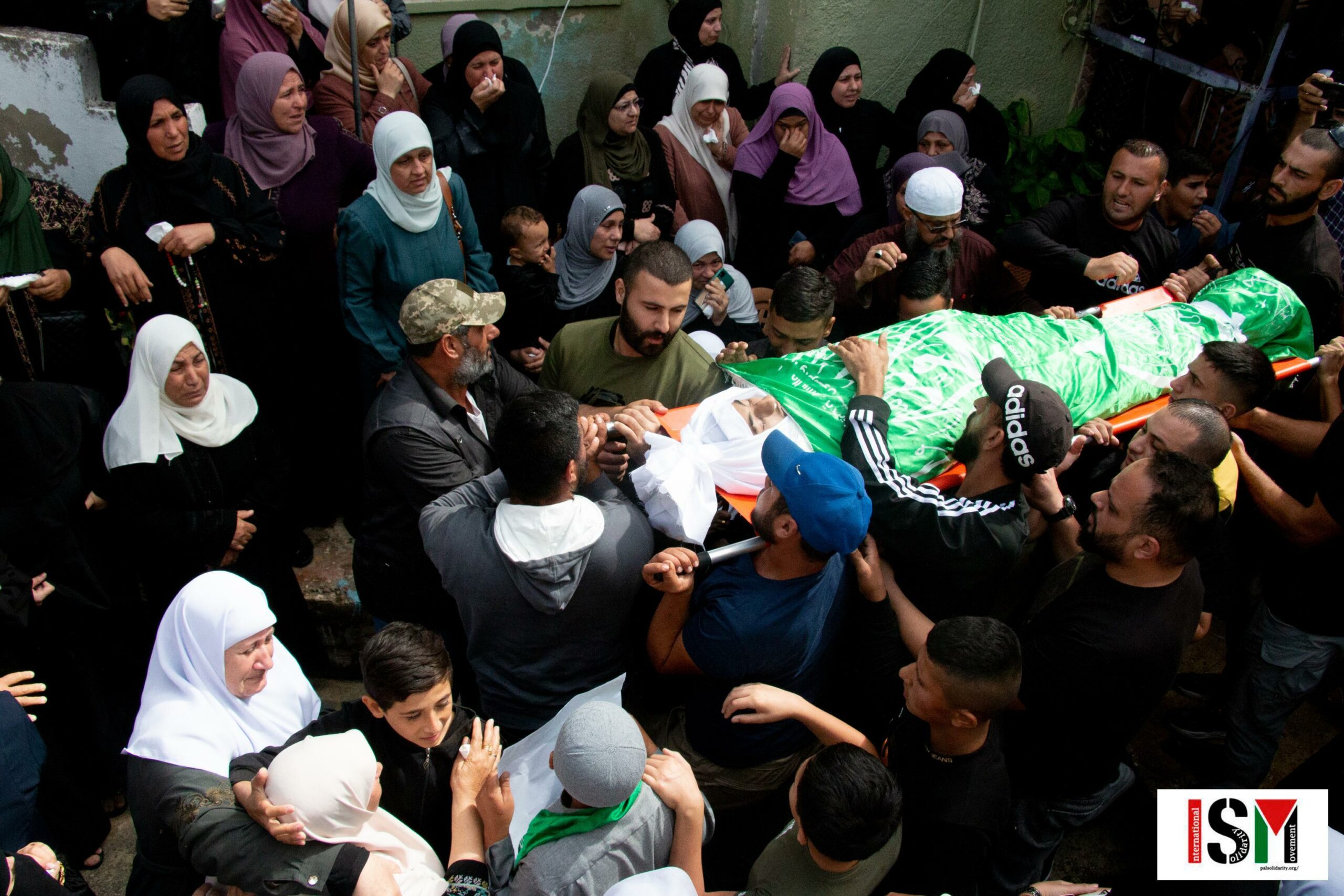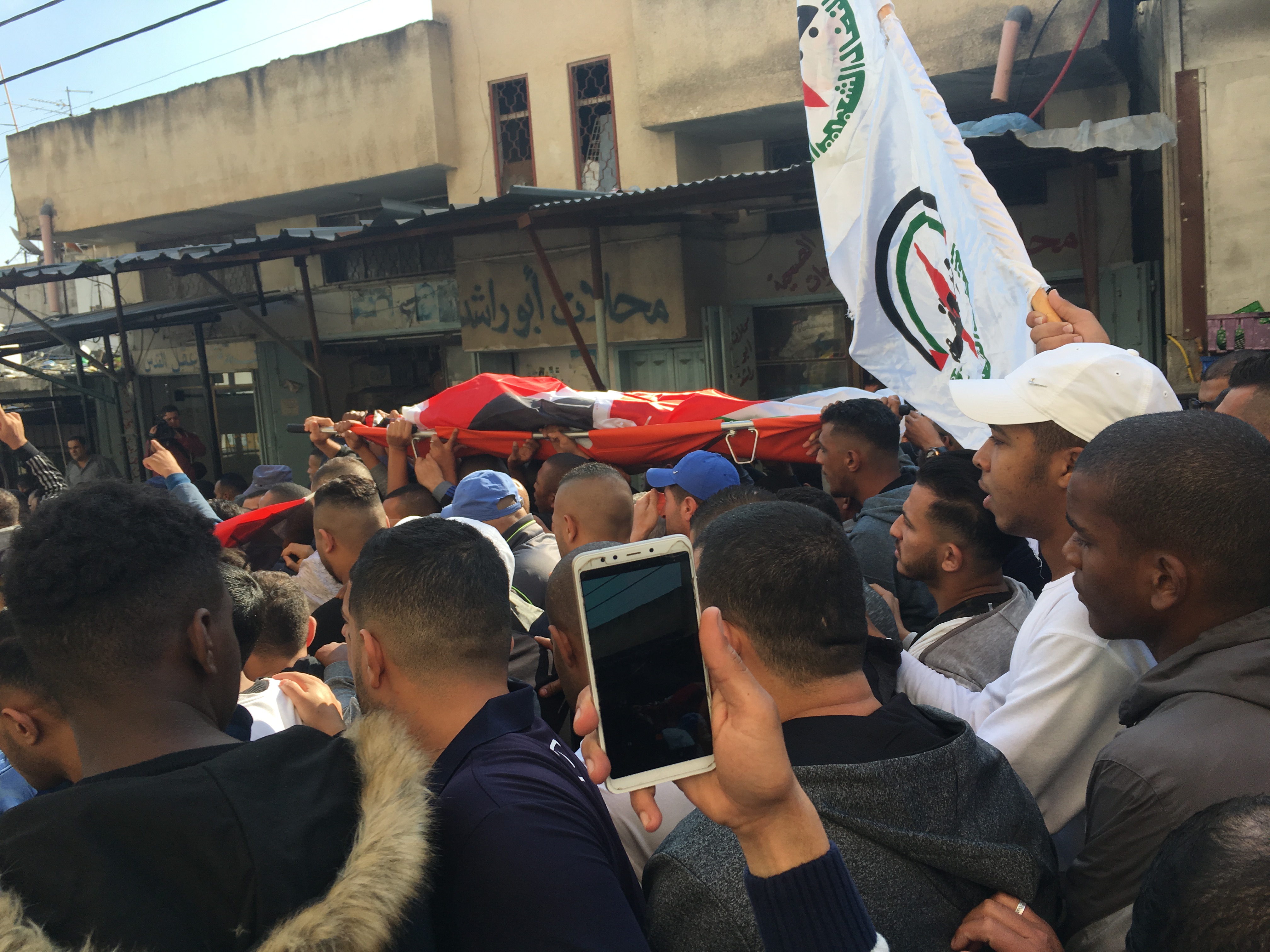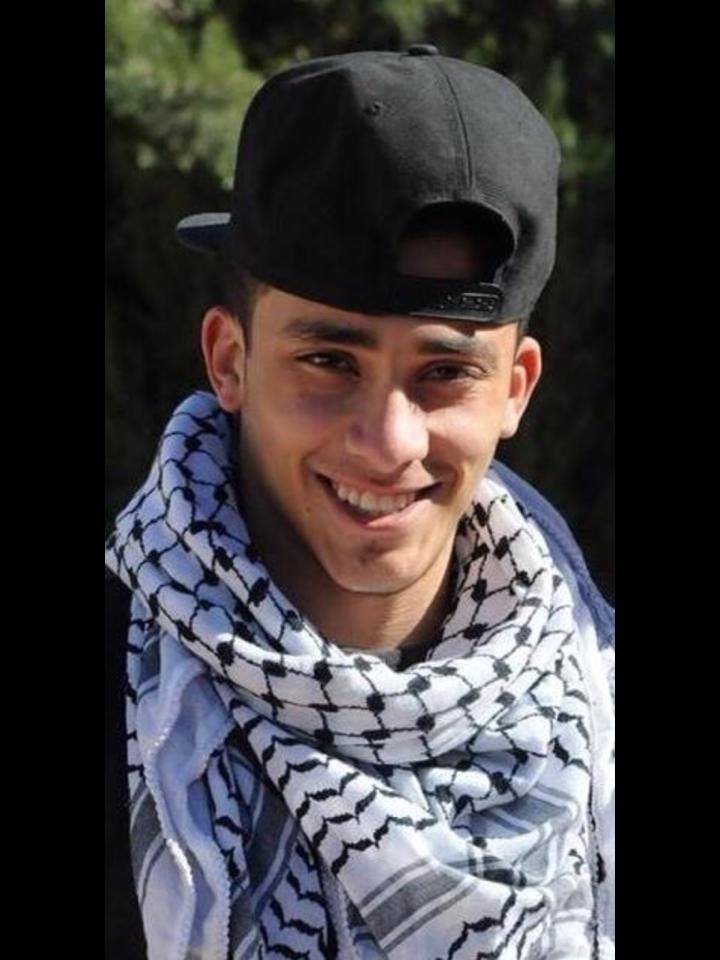Tag: Martyr
-
Childhood is being killed in Palestine
15 October, 2023 | International Solidarity Movement | Tulkarm By Diana Khwaelid The 16-year-old martyr Mohammed Adwan was fatally wounded by a live bullet fired by an Israeli soldier while participating in a demonstration in solidarity with Gaza that took place last Friday, 13th of October, 2023. Mohammed answered the call to participate in a…
-
The funeral and death of the Palestinian martyr, Mohammed El Habili
Mohammed El Hibali was gunned down by the Israeli Occupation Forces in Tulkarem. The 22 year old mentally ill man was shot in the head and leg. He was rushed to the hospital and pronounced dead on arrival. The funeral was held that afternoon. SHOW MORE
-
Justice for Nadeem? Attorney General rumored to drop manslaughter charges against soldier who killed Nadeem Nuwara
17th January 2017 | International Solidarity Movement, al-Khalil Team | Ramallah, Occupied Palestine Palestinian teen, Nadeem Nuwara, was fatally shot in the chest by Israeli forces on Nakba Day, 2014. 17-year-old Nadeem allegedly threw a stone at soldier, Ben Dery, who proceeded to fire live ammunition in return. Israeli Forces killed both Nuwara and another…



